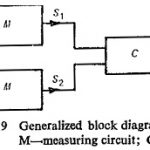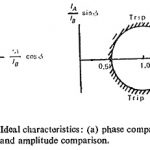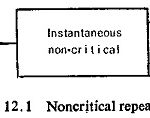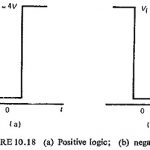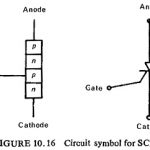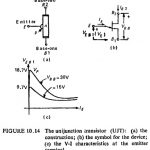Working Principle of Relay Articles
Working Principle of Relay Articles: Relay Classification in Power System Protection: There are various types of Relay Classification in Power System Protection. Normally the actuating quantity is an electrical signal,…

